On Sunday over two dozen demonstrators gathered outside the Ohio Air National Guard Base at Rickenbacker International Airport to protest Anduril Industries‘ planned drone factory in Central Ohio. The demonstration, reported by The Columbus Dispatch, marks an early public backlash to the Southern California-based defense tech company’s $900 million “Arsenal 1” facility, which promises over 4,000 jobs but stirs ethical and environmental concerns.
The Arsenal 1 Vision: Hyperscaling Drone Production
Anduril‘s Arsenal 1, planned for a site near Rickenbacker International Airport in Pickaway County, aims to transform military drone manufacturing. The 5-million-square-foot facility will initially produce the Fury unmanned aircraft system, a Group 5 autonomous drone with a 36-foot wingspan and a range exceeding 621 miles, according to Anduril’s specifications. Later phases will include the Barracuda, a low-cost air-launched missile, and the Roadrunner, a 6-foot-long jet-powered interceptor capable of vertical takeoff and landing. These systems leverage artificial intelligence through Anduril’s Lattice OS platform, enabling autonomous operations.
The company’s $900 million investment—announced in January 2025—targets a production start date of mid-2026, supported by Ohio’s $70 million contribution for infrastructure upgrades like a new taxiway at Rickenbacker, as noted in prior Dispatch coverage. Anduril claims this “hyperscale” approach will streamline production using AI and off-the-shelf materials, a strategy central to its drone technology ambitions.
Community Concerns: Jobs vs. Ethics
The protest, organized by Veterans for Peace and led by Darrin Broering, lasted about 90 minutes and featured signs and chants like “O-H-I-O, all these drones have got to go.” Broering conceded the economic appeal of 4,000 jobs but argued for alternatives, stating, “Those jobs could be producing any number of things that would be more productive and less destructive,” as reportedly quoted. This reflects a tension between economic growth and moral objections to military manufacturing.
Pat Marida of the Ohio Nuclear Free Network voiced fears of increased militarization, environmental damage, and regional industrialization, warning that Anduril could “cement over Central Ohio.” Her strategy to “stop the money” targets the $70 million state investment, highlighting a grassroots effort to challenge the project’s funding and align with broader debates over Department of Defense contracting ethics.
Technical Feasibility and Industry Context
The Fury drone, designed for the U.S. Air Force’s Collaborative Combat Aircraft program, boasts a 1,000-pound payload capacity and compatibility with manned aircraft like the F-35. The Barracuda’s modular design cuts costs for cruise missile applications, while the Roadrunner’s dual-purpose interceptor role showcases Anduril’s innovative edge. However, scaling production by mid-2026 faces challenges. Supply chain constraints and the complexity of AI integration—key to Anduril’s drone technology—could strain timelines, a concern echoed across the industry despite Anduril’s material strategy.
Compared to DJI‘s civilian drone dominance or Lockheed Martin‘s defense legacy, Anduril’s startup agility positions it uniquely. Its focus on autonomous systems aligns with Pentagon priorities, yet the technical leap required for Arsenal 1’s output remains ambitious.
Market and Regulatory Implications
Arsenal 1 strengthens Anduril’s role in the U.S. defense market, bolstered by a $14 billion valuation and ties to investors like Peter Thiel. Located 80 miles from Wright-Patterson Air Force Base, the facility enhances military collaboration potential. However, FAA oversight of military drones and environmental reviews—amplified by protest concerns—could complicate progress. Ohio’s $70 million stake signals confidence, but regulatory and public scrutiny may test Anduril’s rollout.
Anduril’s Arsenal 1 could redefine drone manufacturing, delivering jobs and cutting-edge systems to bolster U.S. defense. Yet, the Rickenbacker protest underscores a critical divide: economic promise versus ethical cost. Success hinges on technical execution and navigating community and regulatory landscapes. For the drone industry, this project may signal a new era of production scale—or expose the limits of militarized tech’s social license.
DroneXL’s Take
The Arsenal 1 debate mirrors a broader reckoning for Drone Technology. Anduril’s innovation drives progress, but Ohio’s resistance demands a deeper conversation about autonomous weapons’ societal role—a dialogue the industry can’t afford to sidestep.
Photo courtesy of Nathan Hart / The Columbus Dispatch
Discover more from DroneXL.co
Subscribe to get the latest posts sent to your email.

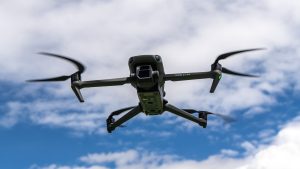
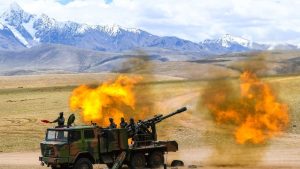
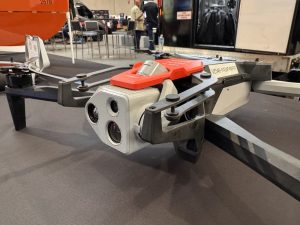
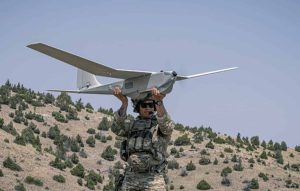


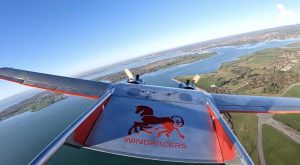
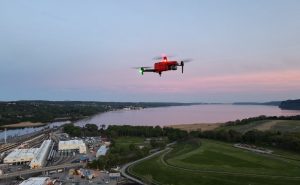


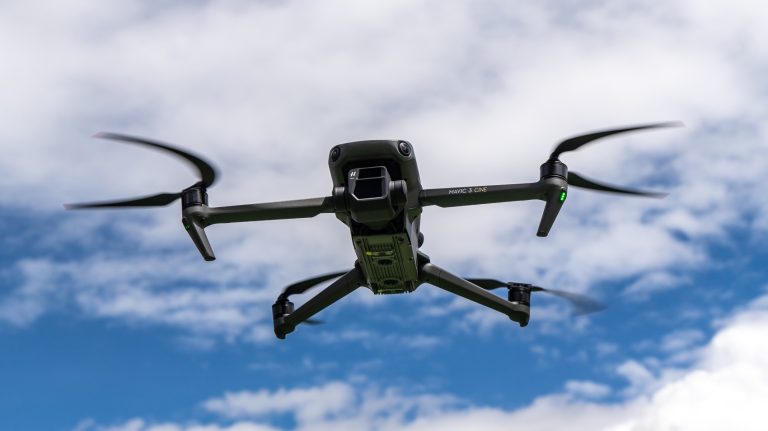
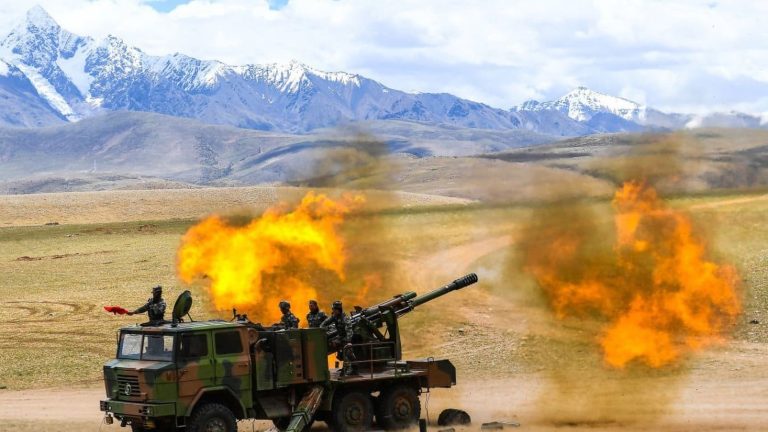
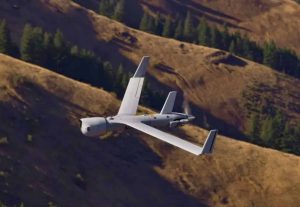

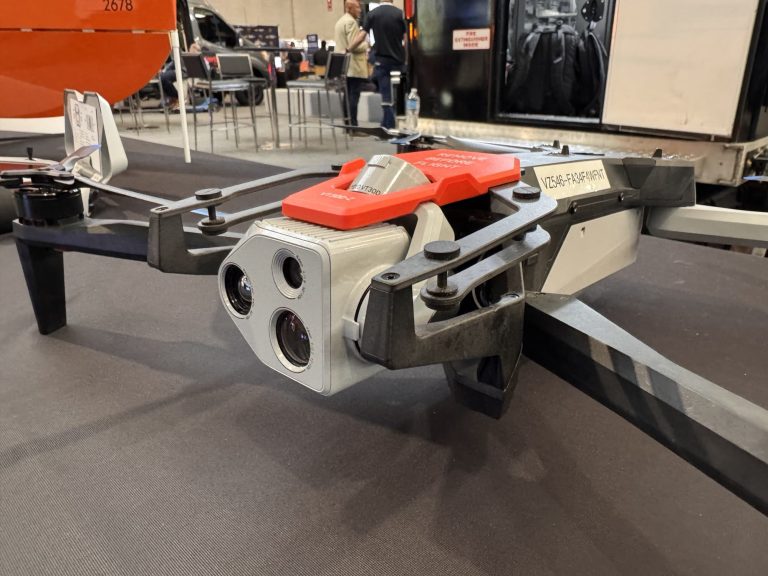
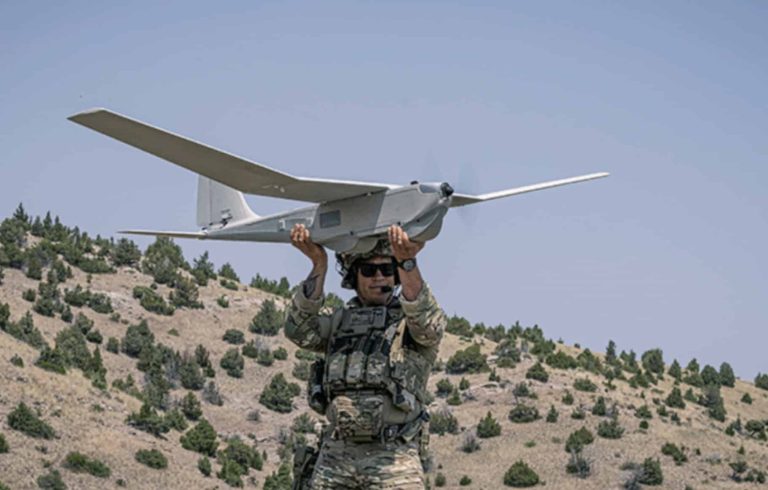


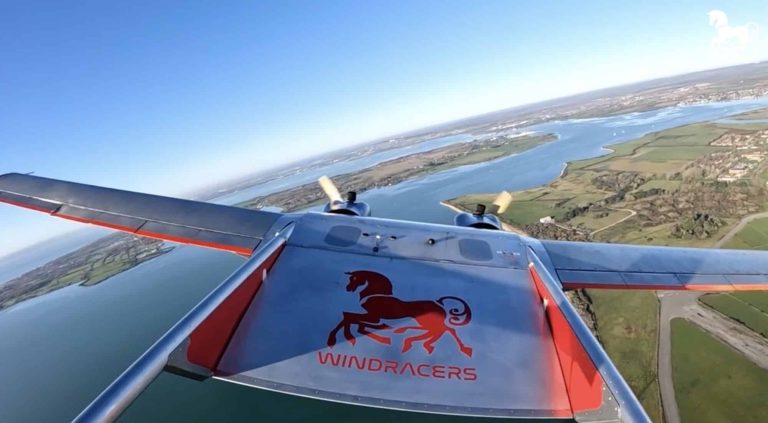
+ There are no comments
Add yours